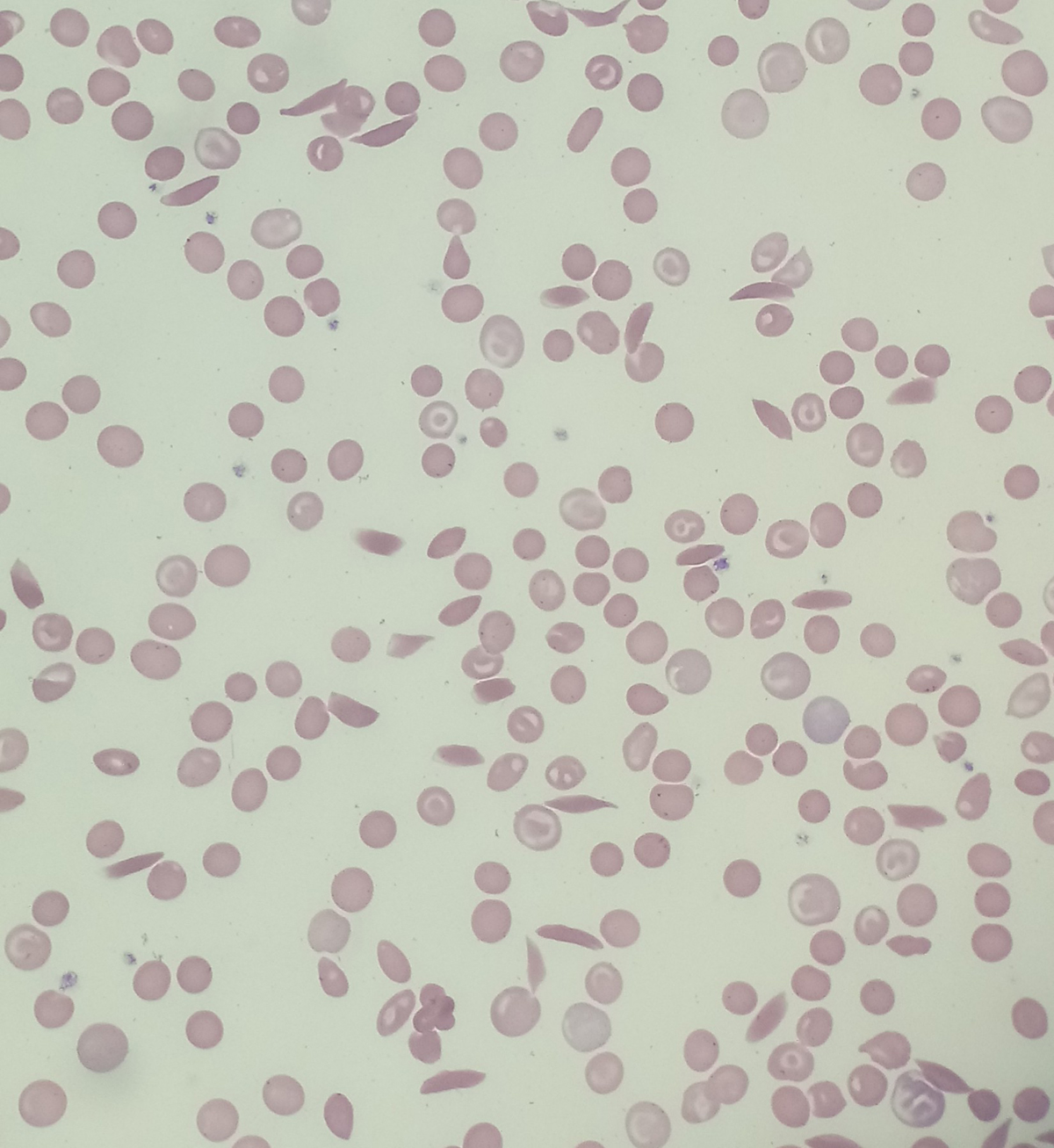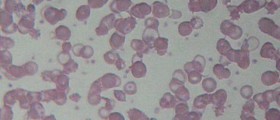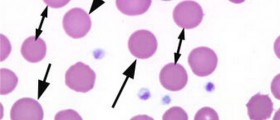
Aplastic anemia is definitely one of the most complex types of anemia affecting both adults and children. It is characterized by a reduction in the number of all types of blood cells including erythrocytes, leukocytes and platelets which is generally not the case with other types of the disease where only red blood cells are affected. The reason why aplastic anemia develops is closely connected with damage to the bone marrow, a powerful organ in charge of production of all blood cells in the body. The disease may vary among patients and while some deal with mild and well-tolerated symptoms others face severe disease which requires aggressive treatment and supportive care.
What Causes Aplastic Anemia?
Fortunately, aplastic anemia is not a frequent medical condition. In the United States, for instance, only 3 out of 1 million individuals get affected. The incidence is much higher in eastern Asian countries where 15 out of a million people develop the disease.
Now, as it has already been mentioned the bone marrow is a very important organ in our body. It synthesizes immature blood cells of all types and while some reach their maturity inside the very organ others are released in the blood where they eventually become mature. Red blood cells (erythrocytes) are in charge of oxygen/carbon dioxide distribution, white blood cells (leukocytes) are natural warriors fighting against all the infectious agents and foreign particles entering our body while platelets prevent loss of blood by participating in the process of blood coagulation.
In people suffering from aplastic anemia the bone marrow cannot produce sufficient number of blood cells or if it is completely destroyed practically completely stops synthesizing blood cells.
Many times the underlying cause of aplastic anemia remains unknown. Furthermore, around 20% of all patients are actually suffering from Fanconi anemia and they eventually end up with aplastic anemia. Aplastic anemia is also associated with exposure to high doses of radiation or certain chemicals or may develop due to some viruses. Still, it seems that in the majority of cases the condition develops as a result of an abnormal response of the immune system i.e. occurs in the form of an autoimmune disease.
Diagnosis of aplastic anemia is made according to symptoms which develop once the number of blood cells drops below the optimal range, blood tests and biopsy of the bone marrow. Patients, for example, may feel tired/weak and experience shortness of breath due to anemia, are susceptible to infections because the number of white blood cells is way too low and are also prone to bruises and bleeding because there is not enough platelets in the blood.
Treatment Options for Aplastic Anemia
Treatment is created in such a way to bring symptoms of the condition under control and, if possible, deal with the underlying cause of aplastic anemia. It mostly depends on the severity of aplastic anemia. Patients with mild disease may not be treated at all. They are only monitored and undergo regular blood tests. Only if these become abnormal, doctors initiate the treatment.
Severe cases of the disease, on the other hand, require hospitalization. The most complex cases are treated with the assistance of supportive care, immunosuppressive therapy and/or bone marrow/cord blood transplant. Supportive care is essential for current symptoms while immunosupression and transplants actually deal with the sick bone marrow and provide long-term relief.
Supportive care comprises blood transfusions, growth factors and medications that prevent or treat infections. All the mentioned cannot cure patients but may prevent further complications from occurring. They also bring the current symptoms and signs of the disease under control before the final solution is engaged. There are certain number of patients who simply stick to supportive care refusing other potentially curable treatment options.
Blood transfusions for these patients may be solely in the form of platelet transfusions where there is a severe lack of platelets which may trigger life-threatening bleeding. On the other hand, patients may receive red blood cell transfusions if the number of erythrocytes is way too low to carry oxygen/carbon dioxide all over the body.
Growth factors are actually a type of drugs that stimulate the body to produce more blood cells. Once they are administered, patients may not need blood transfusions often and their symptoms may significantly improve. The only problem is lack of bone marrow response to these stimulating medications which is, unfortunately, reported in many patients. Better efficacy is achieved if growth factors are combined with imunosupression or transplants.
And finally, since lack of white blood cells makes these patients susceptible to repeated and sometimes even life-threatening infections, they need to be familiar with all the precautionary measures against infections and are also prescribed certain medications prophylactically. Since even the common cold may be deadly to them, they need to apply measures of aggressive protection from germs. They should stay away from crowds and sick people, maintain impeccable hygiene and once infection develops receive potent medications capable of eradicating infectious agents.

















Your thoughts on this
Loading...